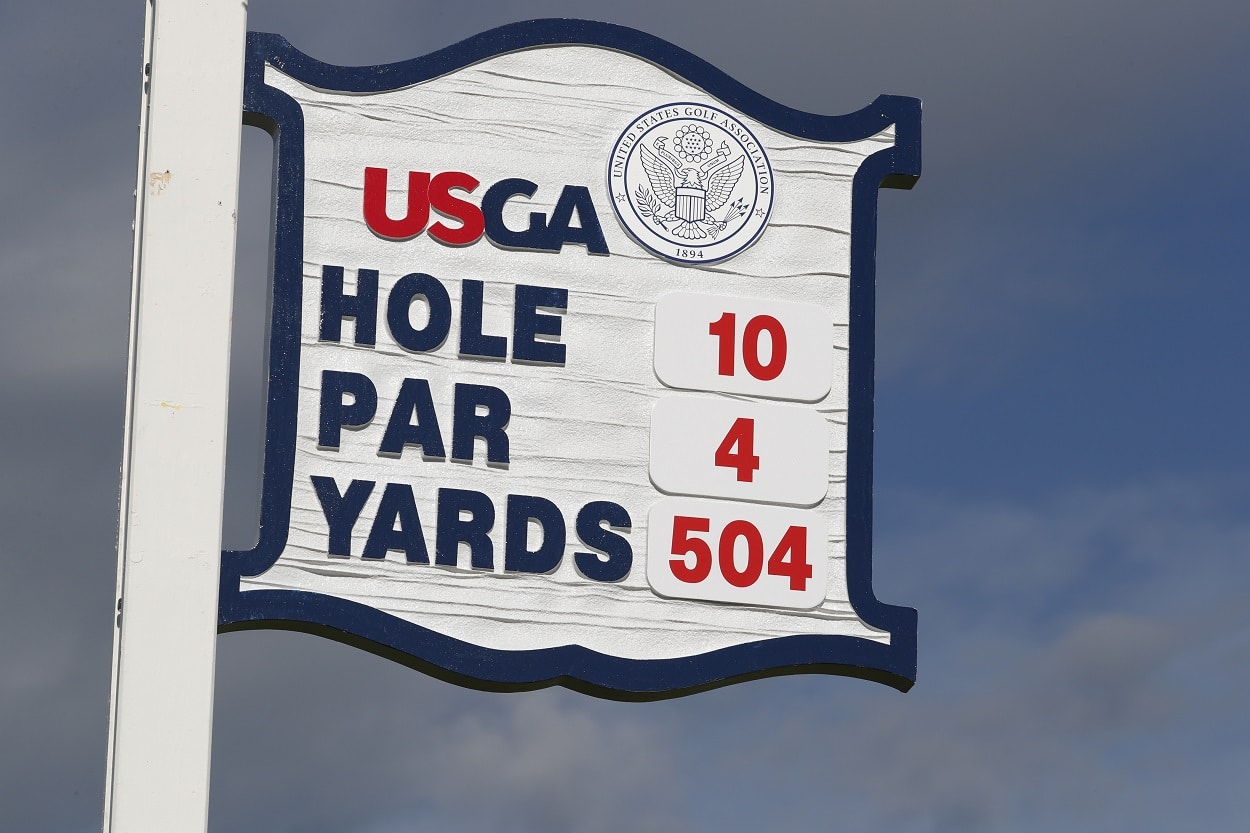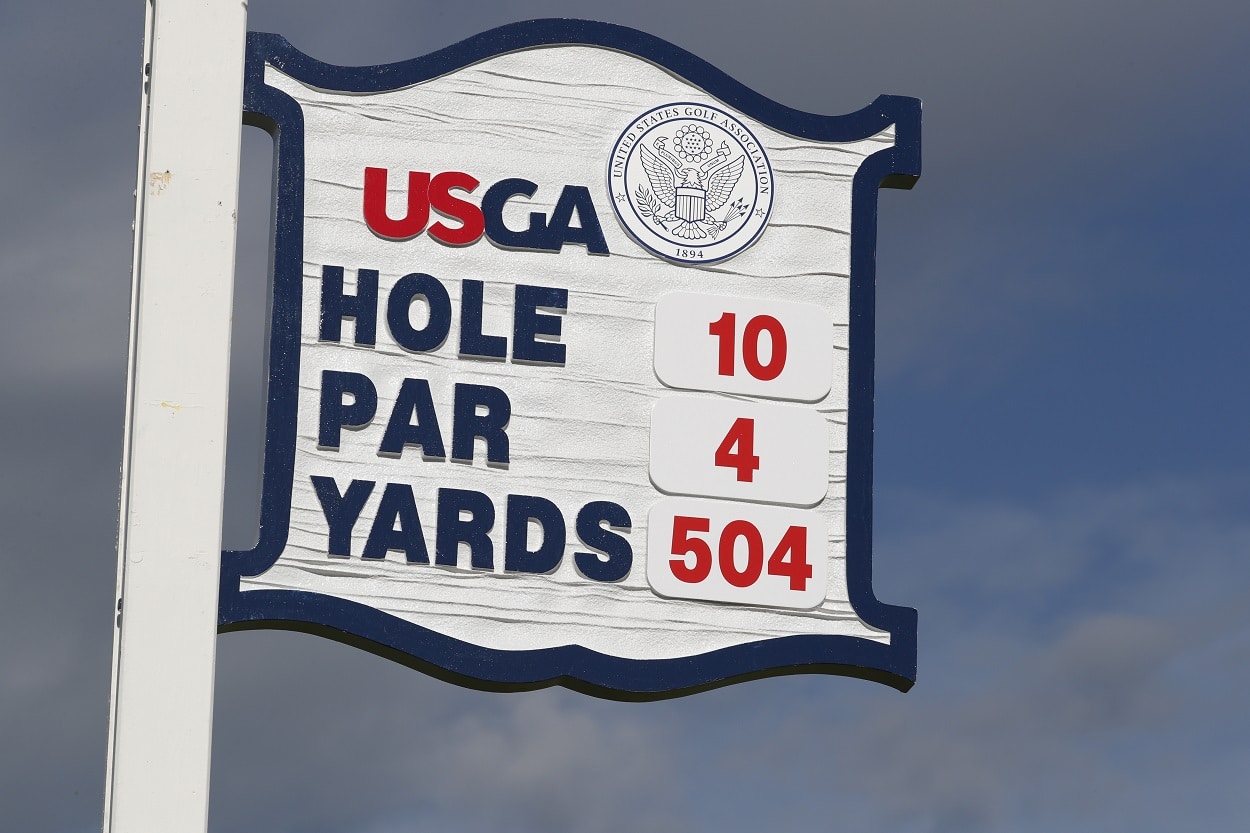
Why Is a Par in Golf Called a Par?
While the sport itself dates back to 15th-century Scotland, the term “par” didn’t enter the golf lexicon until hundreds of years later.
And while the word obviously doesn’t apply to golfers just hitting a little white ball (or yellow or orange or pink or striped or whatever) around acres of multi-layered grass fields with flags and holes in the ground, that’s obviously where we’ll keep our focus today.
Those who know golf know that “par” represents the number of strokes it should take for a player to finish a given hole. But where did the term actually come from?
Why is a par called a par in golf?

The word “par” dates back to the 16th century and is derived from a Latin term meaning “equal” or “equality.”
As for when it entered the golf world, that didn’t take place until the late 1800s. And here’s a fun fact. The term “par” was used interchangeably with the word “bogey” as a target score on a hole for years, and the latter was actually preferred. It wasn’t until later that the former took over.
And as to when the term officially became golf vernacular, that didn’t occur until 1911 when the United States Golf Association (USGA) defined it, calling it “the score that an expert player would be expected to make for a given hole…under ordinary weather conditions, allowing for two strokes on the putting green.”
And this is why if you go and look at winning scores for tournaments such as The Open Championship or the U.S. Open played prior to that official designation, you’ll notice that you won’t see a golf course’s par rating. You’ll simply see the total number of strokes it took a player to finish.



